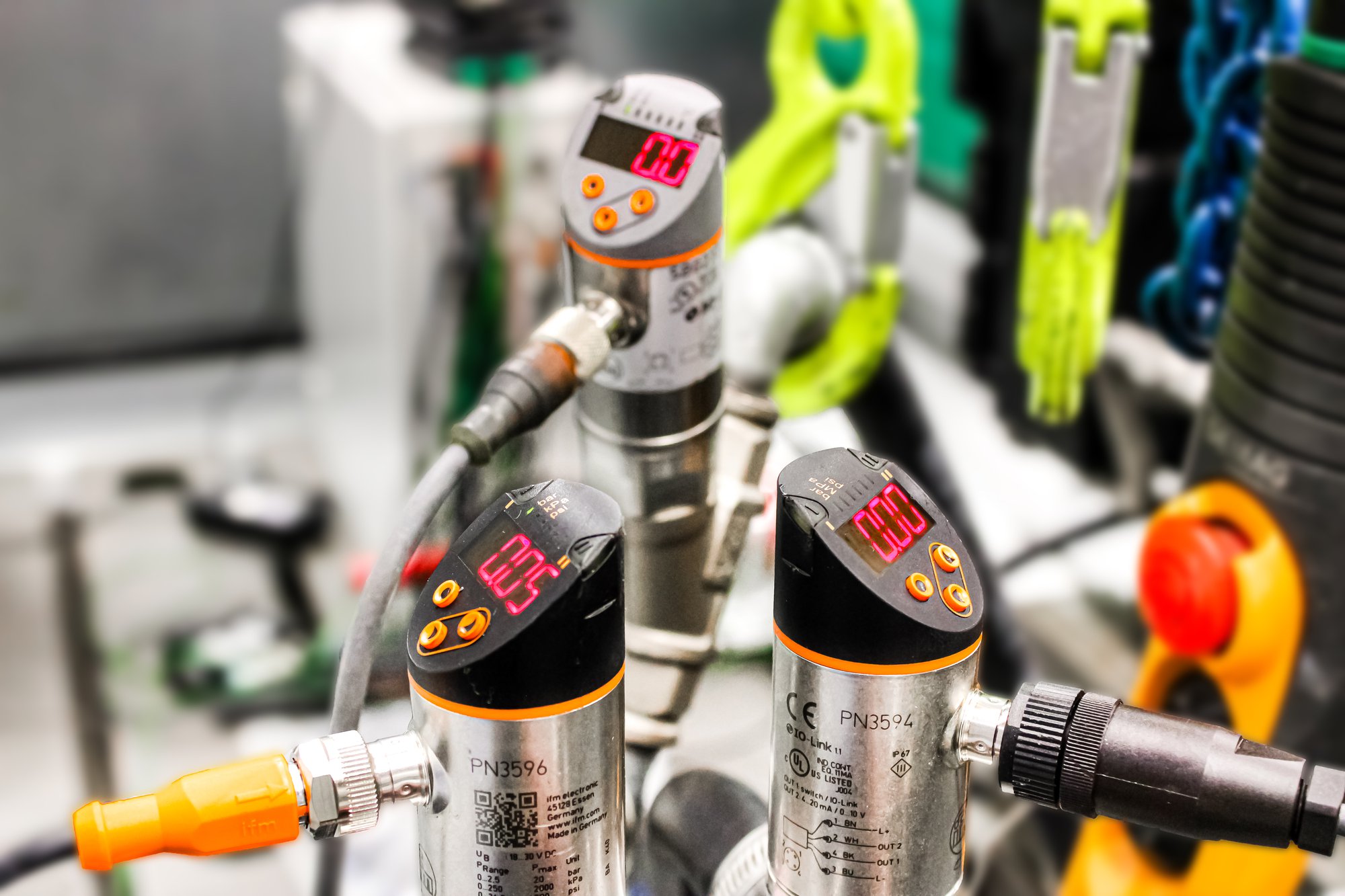Minerva’s testrig capabilities
14 August, 2024
In the dynamic world of automotive engineering, precision, reliability, and efficiency are non-negotiable. Minerva, VCST’s electrification unit, takes pride in their state-of-the-art testrig capabilities, which plays a pivotal role in shaping the electric vehicles of tomorrow. Minerva’s testrig, constructed with Model Based Development, is more than mere machinery; it’s a precision instrument that bridges the gap between theory and reality. Let’s explore some of the key capabilities that set Minerva’s testrig apart!
Torque and Power: The Heart of Our Dynos
Our dynamometers lie at the core of our testrig capabilities.
- Torque: Our dynos can handle continuous torque up to 2840 Nm and peak torque up to 4828 Nm. Whether it’s testing transmissions, engines, or drivetrains, our dynos deliver precise torque measurements.
- Power: VCST dynos offer a nominal power output of 220 kW (with a maximum of 375 kW). These powerhouses ensure accurate performance testing across the entire RPM range.
- Custom Simulated Environments: Thanks to our in-house software development, we are fully flexible to implement any simulated environment. For example, when working with a customer developing a car with 2 powertrains, we can physically test one powertrain while simulating the other on the test rig. This allows us to achieve acceleration as if 2 powertrains are used in the vehicle. In this way, we can develop and test powertrains in conditions that are not (yet) available in the field.
Beyond Torque: Direct Current Supply and Battery Simulation
Our commitment to excellence extends beyond dynos:
- DC Supply Specs: Our fixed-voltage DC supplies (700V) deliver continuous current up to 400A (peak at 535A) and power up to 280 kW (peak at 375 kW). This ensures our testrigs can handle the most demanding tests.
- Battery Simulator: Our high-voltage battery simulator can adjust voltage from 50 to 650V and deliver bidirectional current up to 400A. This allows us to simulate a wide range of battery conditions.
- Low Voltage Battery Simulator: Our low-voltage battery simulator can provide voltage from 0 to 36V DC and source current up to 24A. This is crucial for testing low-voltage systems in modern vehicles.
Cooling and Environmental Conditions
Our testrigs are designed to operate under a wide range of environmental conditions:
- Cooling: Our testrigs use a water-glycol mixture for cooling, with a temperature range of 35 to 90 degrees Celsius and a power of 90 kW. This ensures our testrigs can operate under high-load conditions.
- Environment: Our testrig can operate in temperatures ranging from 25 to 40 degrees Celsius, ensuring reliable performance under various environmental conditions.
Sensor Interfaces and Validation Equipment
Our testrig is equipped with a variety of sensor interfaces and validation equipment, including external torque and speed sensors, oil coolant flow/pressure sensors, and thermocouple type K sensors. We use Matlab-Simulink for dynamic simulations, controller tuning, and data processing and analysis. Beckhoff TwinCAT is used for real-time test rig controls, and Vector CANape for CAN logging and ECU calibration. Python is used for test automation, and HeadAcoustics for NVH measurements and analysis.
Interested to see how Minerva can play a role in your e-drive needs? Discover more via https://vcst.com/edrives/


